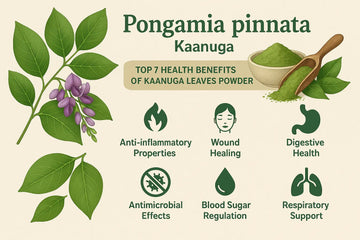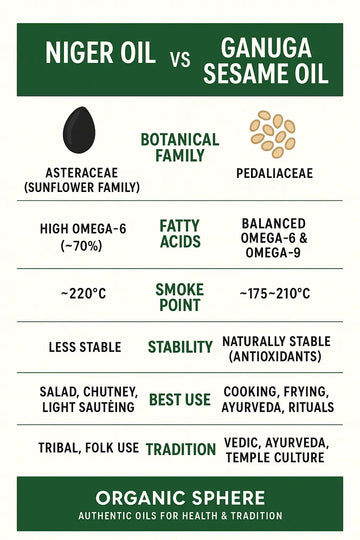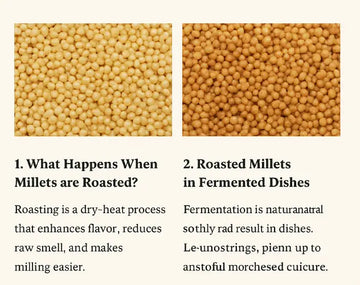Sustainable and Economical Choice: Millets are highly adaptable, yielding well even under adverse conditions. Their rapid growth and resilience to pests and diseases make them a sustainable and economically sound choice for farmers. The ability to harvest millets multiple times a year adds flexibility, and their low dependency on pesticides and fertilizers aligns with eco-friendly farming.
Environmental Benefits
Climate-Resilient Farming: Millets are robust against harsh climates, requiring minimal inputs, which makes them suitable for areas facing water scarcity. Their growth aids in soil conservation and biodiversity, making them a key player in sustainable agriculture and land restoration.
Nutritional Value
Diverse Nutrient Profile: Millets are nutrient-rich, offering a mix of vitamins, dietary fiber, antioxidants, protein, and minerals like iron. As whole grains, they support digestive health and help regulate blood sugar and cholesterol levels, while also promoting a feeling of fullness.
Societal Impact
Securing Food and Nutrition: Millets have been a staple for centuries, especially in regions like sub-Saharan Africa and Asia. They are crucial for food security, particularly in arid areas where they may be the only viable crop. Promoting millets can help sustain vulnerable populations, offering a reliable food source during difficult periods.
Economic Opportunities: The sustainable cultivation and consumption of millets open up new market opportunities, benefiting various stakeholders in the value chain, from smallholder farmers to indigenous groups. This can lead to improved livelihoods and contribute to the economic empowerment of communities involved in millet farming and processing.





